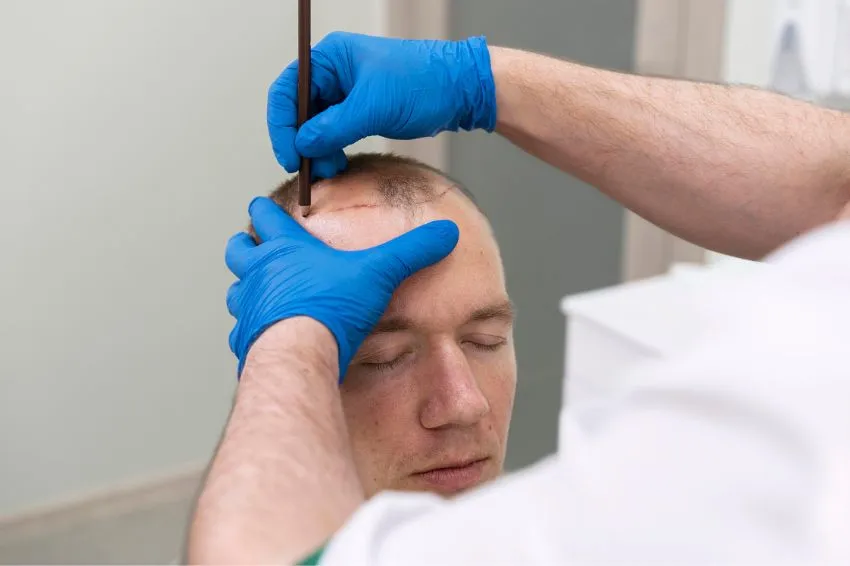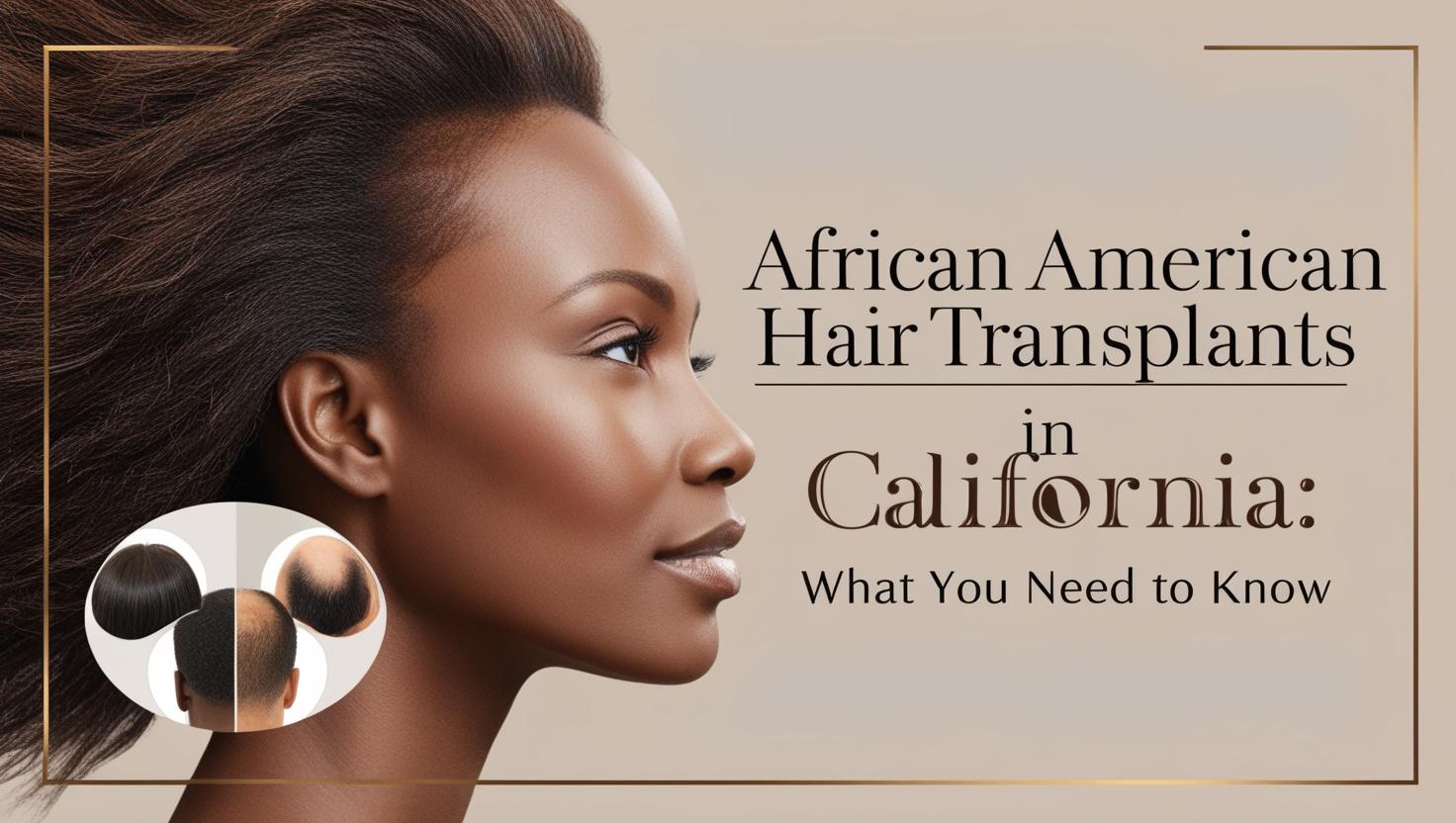Hair loss isn’t just a men’s issue. Millions of women in the United States experience thinning hair, receding hairlines, or overall loss of density at some point in their lives. The emotional toll can be devastating—affecting confidence, style choices, and even social interactions.
The good news? Women have more proven options than ever before to restore healthy hair growth and achieve a natural, fuller look. This guide walks through the most effective treatments available today, explains how they work, and helps you understand which solution may be right for you.
Why Women Lose Hair
Before diving into treatments, it’s important to understand why hair loss happens. The most common causes include:
- Genetic factors (Female Pattern Hair Loss)
– Often shows up as diffuse thinning on the top of the scalp, rather than a receding hairline like men. - Hormonal changes
– Pregnancy, menopause, thyroid issues, and conditions like PCOS can trigger shedding. - Medical conditions
– Autoimmune disorders such as alopecia areata, scalp infections, or iron deficiency anemia. - Stress and lifestyle
– High stress, crash dieting, or overuse of chemical hair products can contribute. - Medications
– Certain drugs for blood pressure, depression, or chemotherapy may cause hair loss.
A consultation with a qualified hair restoration specialist is the best way to pinpoint the exact cause, which determines the best treatment path.
Non-Surgical Options That Work
For many women, non-surgical treatments are the first step. These methods can slow shedding, thicken existing hair, and sometimes stimulate new growth.
1. Medications (Topical & Oral)
- Minoxidil (Rogaine®)
– FDA-approved for female pattern hair loss. Available in 2% and 5% topical solutions. It increases blood flow to hair follicles, prolonging the growth phase. - Oral Minoxidil
– A lower-dose pill version, often prescribed off-label. It can be more convenient than topical use but requires medical monitoring. - Finasteride (Propecia®) & Dutasteride
– Typically prescribed for men, but some specialists may use them off-label for postmenopausal women. These block DHT, a hormone linked to hair loss.
2. Platelet-Rich Plasma (PRP) Therapy
PRP is one of the most promising non-surgical options. The process involves:
- Drawing a small amount of your blood.
- Spinning it in a centrifuge to isolate growth factors.
- Injecting those platelets into thinning areas of the scalp.
These growth factors stimulate dormant follicles and improve hair density. Many women see results after a series of 3–4 sessions, with annual maintenance.
3. Low-Level Laser Therapy (LLLT)
Laser caps and combs use red-light energy to stimulate follicles at a cellular level. This boosts circulation and may help hair grow thicker and stronger. While results vary, clinical studies support its safety and effectiveness when used consistently.
4. Lifestyle and Nutritional Support
- Eating a balanced diet with adequate protein, iron, and vitamins.
- Reducing stress through exercise, yoga, or meditation.
- Avoiding tight hairstyles or harsh chemical treatments that damage follicles.
While lifestyle changes alone won’t reverse genetic hair loss, they can improve overall scalp health and enhance other treatments.
Surgical Hair Restoration for Women
When non-surgical methods aren’t enough, hair transplant surgery can deliver permanent, natural-looking results. However, women’s hair restoration requires unique planning compared to men.
1. Follicular Unit Extraction (FUE)
- Individual follicles are harvested from the donor area (typically the back of the head).
- Tiny incisions are made to implant those follicles into thinning areas.
- Minimally invasive, leaves no linear scar, and recovery is faster.
FUE is often preferred for women who wear their hair long, as it allows more flexible hairstyles.
2. Follicular Unit Transplantation (FUT)
- A strip of scalp is removed from the donor area.
- Individual grafts are dissected under a microscope and transplanted.
- Leaves a linear scar, but allows more grafts in a single session.
FUT can be a good choice for women with advanced thinning who need a large number of grafts.
3. Hairline Lowering & Forehead Reduction Surgery
Some women are born with a naturally high hairline or experience hairline recession. Surgical lowering of the hairline, sometimes combined with FUE grafting, can restore balance and facial framing.
4. Eyebrow & Temple Restoration
Hair transplants aren’t limited to the scalp. Many women seek eyebrow restoration for over-plucked brows or temple density to soften the face and create a youthful look.
Choosing the Right Option
Not every woman is an immediate candidate for surgery. A good hair restoration plan often starts with:
- Diagnosis – A specialist will use scalp exams, trichoscopy, and blood tests to rule out medical conditions.
- Stepwise approach – Non-surgical treatments (minoxidil, PRP, laser therapy) are often tried first.
- Surgical planning – If surgery is chosen, the doctor considers hair type, density, and styling preferences.
What to Expect From Results
- Realistic expectations are key. Hair restoration improves density and framing but won’t recreate teenage-level thickness.
- Timeframe: New hair typically starts growing 3–4 months after a transplant, with full results in 12–18 months.
- Maintenance: Even after surgery, many women continue PRP or medication to preserve non-transplanted hair.
Myths About Women’s Hair Restoration
- “Only men can get hair transplants.”
False – women are excellent candidates when evaluated properly. - “Wigs or extensions are the only solution.”
Not true – today’s surgical and medical options offer long-term results. - “All hair loss is permanent.”
Many cases, especially those related to stress or postpartum changes, can be reversed.
Why Choosing the Right Surgeon Matters
Women’s hair restoration is more complex than men’s. A natural female hairline requires artistry, careful angling of grafts, and sensitivity to styling needs.
Working with a board-certified, experienced hair transplant surgeon ensures:
- Customized treatment planning.
- Use of proven, safe techniques.
- Long-lasting, natural-looking results.
Final Thoughts
Hair loss can be emotionally draining, but women today have more effective options than ever before. From topical medications and PRP to advanced FUE transplants and hairline lowering, the right treatment depends on your specific type of hair loss and long-term goals.
The best next step? Schedule a consultation with a trusted hair restoration specialist who understands women’s unique needs. With the right approach, you can restore not just your hair – but also your confidence and sense of self.


